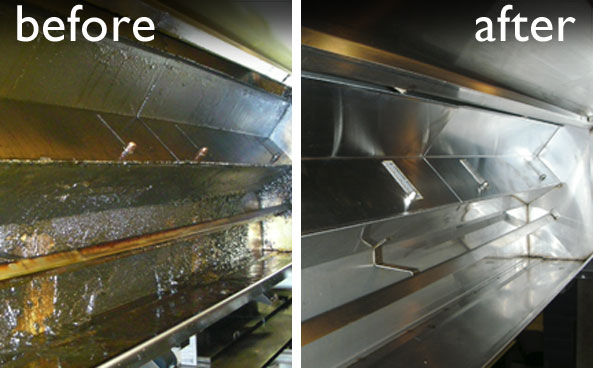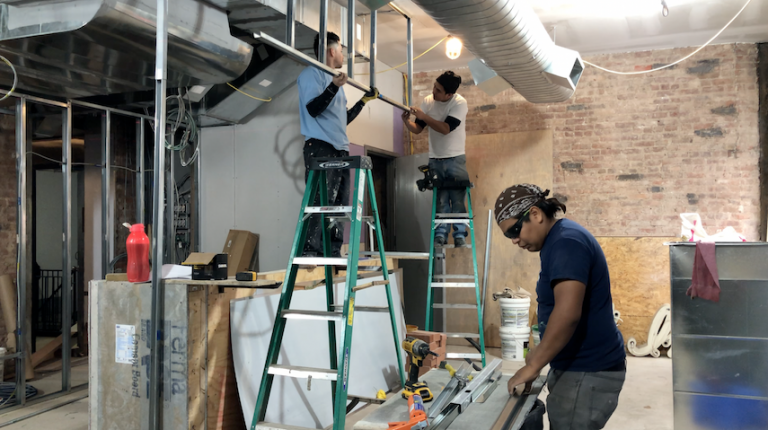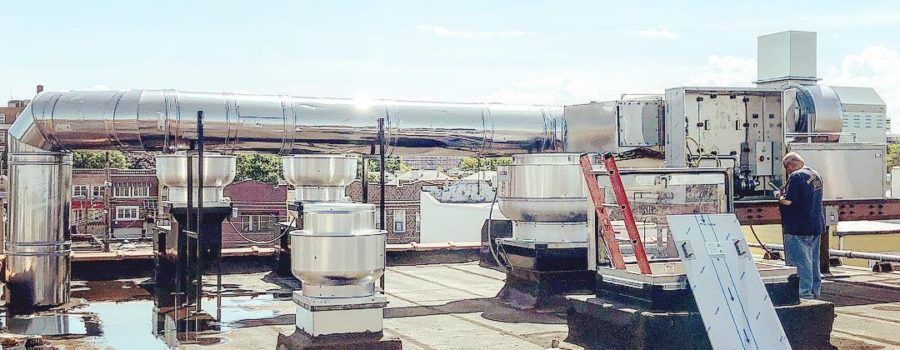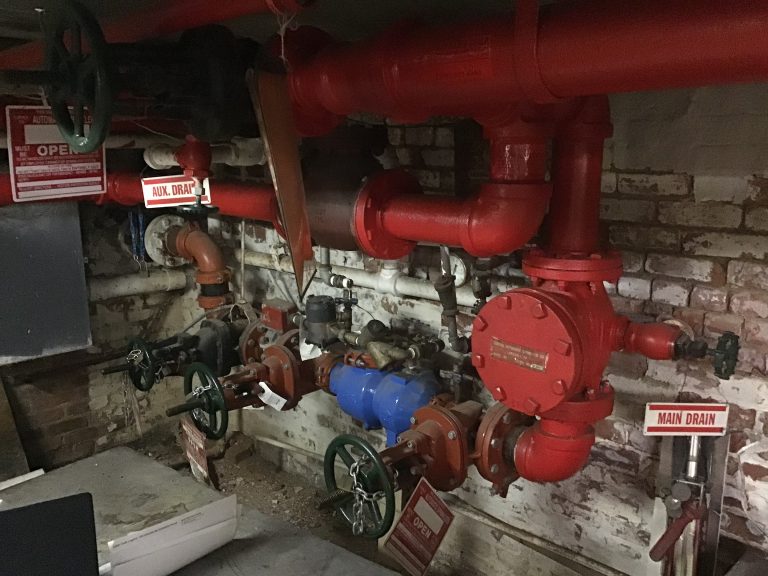What fire suppression measures are needed for Brooklyn Chinese restaurants using woks, grills, and high-temp oils?
Fire Suppression Brooklyn Chinese restaurants | Brooklyn Chinese restaurants, like all eateries, must adhere to New York City fire code regulations.
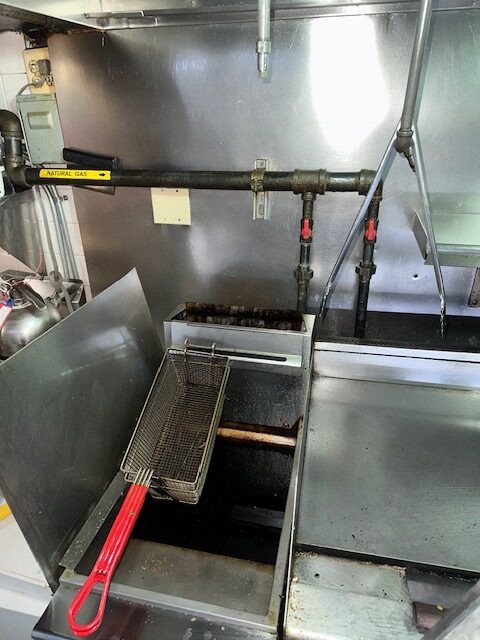
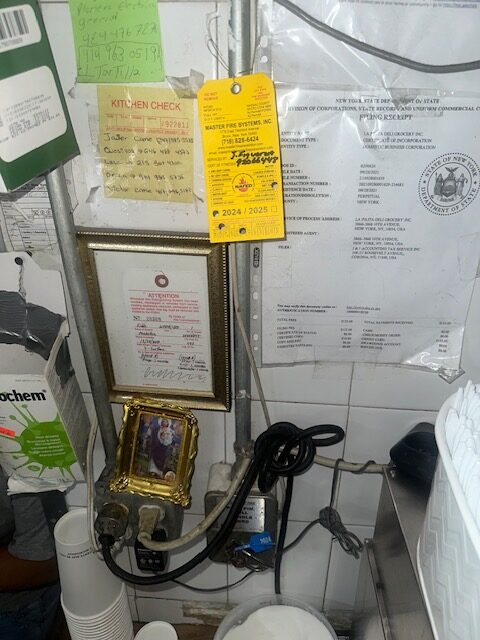
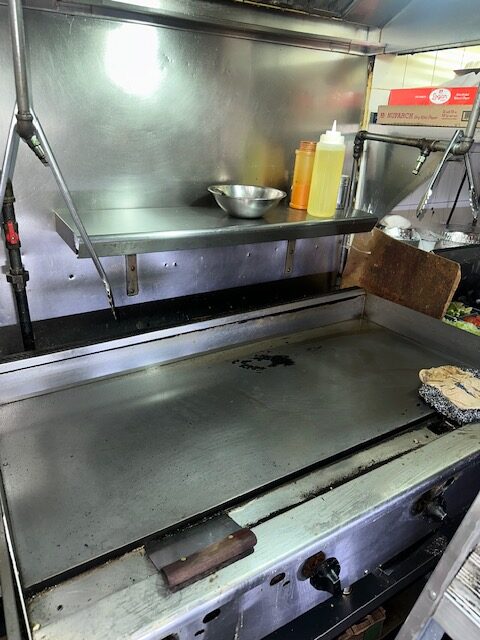
Fire Extinguishers: Restaurants must install and maintain appropriate fire extinguishers. This includes Class K extinguishers, which are designed for kitchen fires involving oils and fats common in Chinese cooking.
Automatic Fire Suppression Systems: Commercial kitchens must install an automatic fire suppression system over woks and grills. These systems connect to the hood and duct to extinguish grease fires effectively.
Hood and Duct Systems: Kitchens must use proper ventilation with hoods and ducts and clean them regularly to prevent grease build-up, a serious fire hazard. The fire suppression system in the hoods helps control heat and oil use in Chinese cooking.
Emergency Exits and Signage: Restaurants need to clearly mark emergency exits and keep them unobstructed. They must also install illuminated exit signs and emergency lighting.
Sprinkler Systems: Some restaurants may need to install sprinkler systems, particularly if the building's size or occupancy exceeds limits.
Fire Alarms and Detection Systems: Restaurants must install functional fire alarms and smoke detectors, testing them regularly to ensure they work.
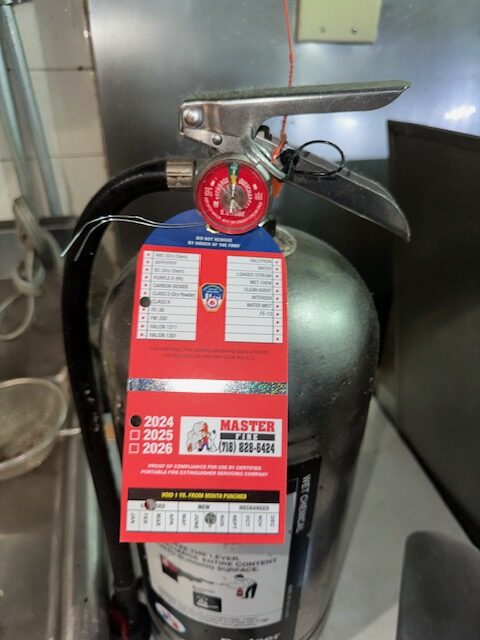
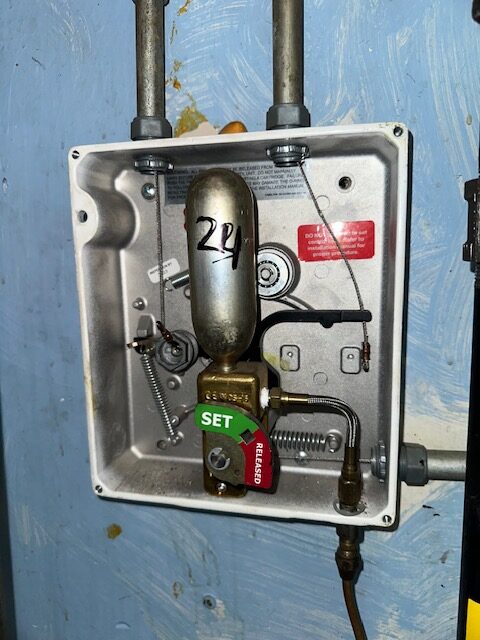
Training and Fire Drills: Staff should regularly practice fire safety procedures, including using extinguishers and operating suppression systems. Conducting fire drills on a regular basis is important.
Special Considerations for Chinese Cooking: Chinese cuisine, with its high-temperature woks, large grills, and heavy oil use, increases the risk of kitchen fires. Spills onto flames or hot surfaces require extra caution. Regularly maintaining cooking equipment and emptying grease traps help reduce risks.
By following these regulations, restaurants can ensure safety. Consulting the New York City Fire Department or a fire safety expert helps meet all local rules.

